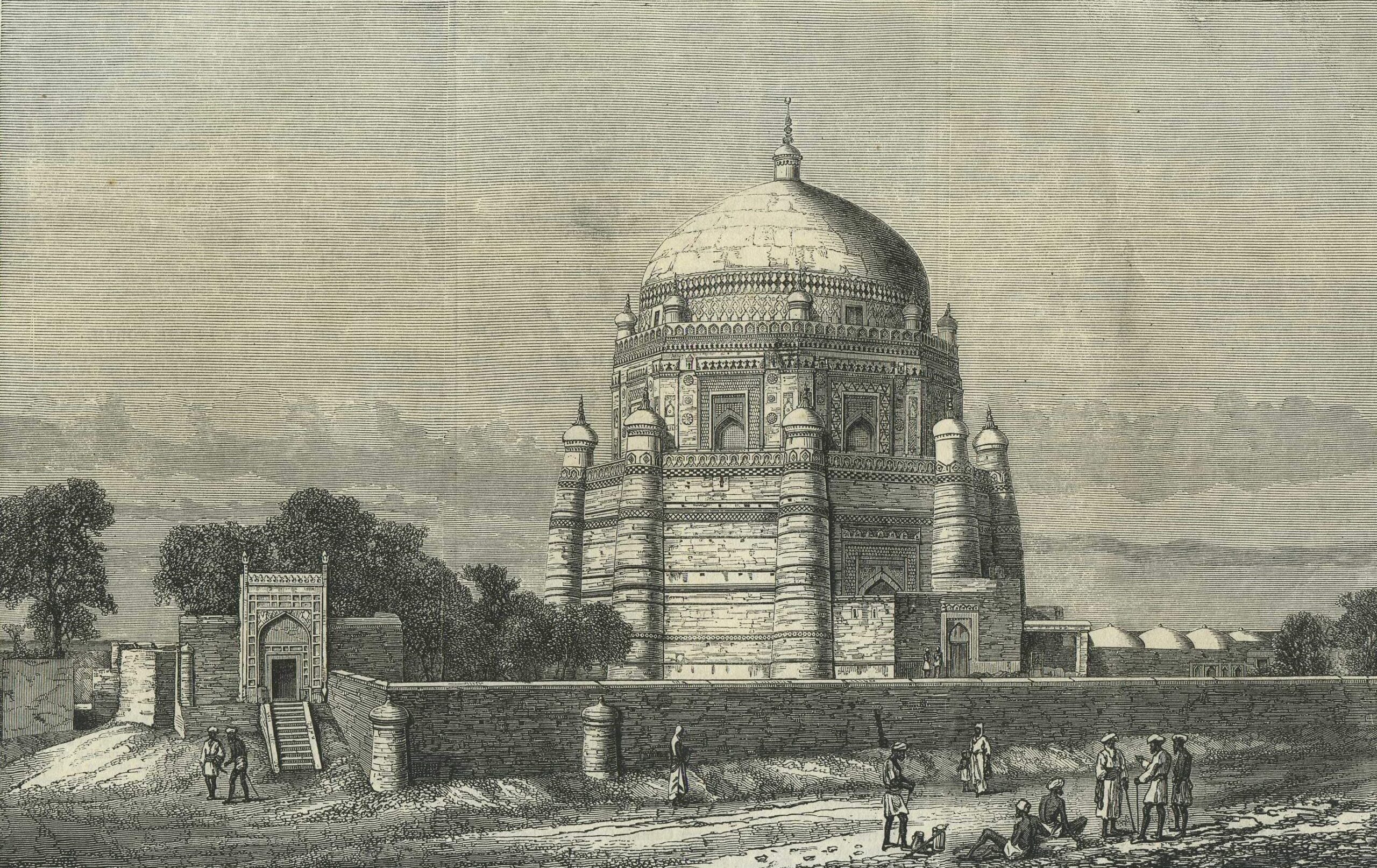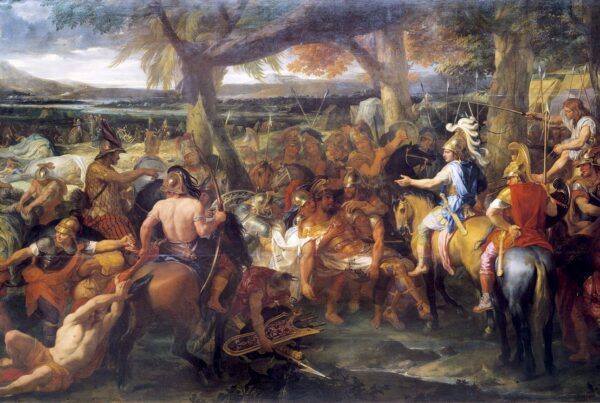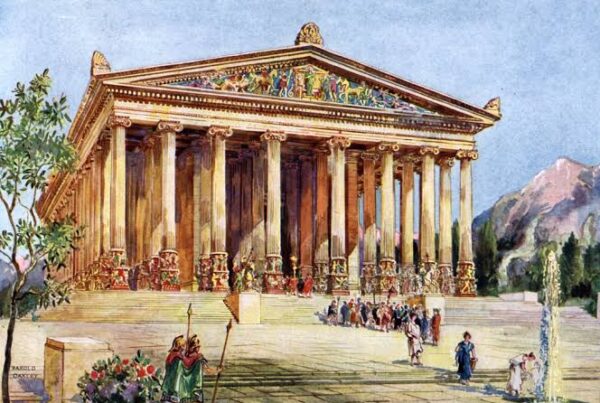By Mahmood Rehan Qureshi
Multan or Mulasthana, as ancient Hindus called it, is a city located just east of the Chenab River and is the centerpiece of the Southern Punjab region today in modern Pakistan. Counted among the oldest continuously inhabited cities of the world, human activity in the region where the city is located traces its origin back to the Indus Valley Civilization, dating from 3000 BCE to 2800 BCE. The city has its own distinct culture and monuments, laden with rich history and a lure of the days gone by.
Through the Annals of History
According to Hindu Vedas, Multan plays a major role in Mahabharata and it is also claimed that the Hindu god Surya (Solar god) first appeared in the vicinities of the modern city.
In 326 BC, Alexander the Great attacked Multan. Later in 726 CE, Muhammad bin Qasim subdued it and brought it under Umayyad rule. During this era between Alexander and Bin Qasim, Multan was ruled by many Hindu dynasties of which the Rai and Brahman dynasties are the most notable. For the next two centuries, after it came under Muslim rule, Multan was transformed into a Qarmatian state which pledged allegiance to the Fatimids of Egypt. After 1000 CE, Mahmud Ghaznavi brought it under his empire and after Ghaznavid hold weakened, it was the Ismailis who came back for a brief amount of time but were soon forced out by the invading Ghoris.
From the Slave dynasty to the later Pashtun empire of the Lodhis, Multan spent a considerable amount of time under the Delhi Sultanate. Serving as an outpost of South Asia and suffering heavy losses during the Mongol invasions of the 13th century, it changed hands several times but remained under Delhi for most of the medieval period.
During the Mughal era, Multan saw its longest stretch of peace and prosperity. Trade and agriculture flourished due to the special attention paid by the local administrators of the Mughal empire. Not only that but the city also, quite fortunately, remained safe during the bloody onslaught brought down upon South Asia by Nader Shah in 1739 CE. As the Mughal hold weakened this important area was later captured by Afghans most notably Ahmad Shah Abdali, founder of the Durrani empire, in 1752.
The last half of the 18th century saw Muslim rule in Multan melt away and Marathas and then subsequently the Sikhs began to control it. Maratha rule was, however, short-lived and Multan fell to Sikhs in 1772 CE. The brave Muzaffar Khan Saddozai offered stiff resistance and it was his martyrdom which marked the end of Muslim rule in Multan.
After the death of Ranjit Singh, the erstwhile Sikh empire of Punjab quickly fell into anarchy and on the 19 April 1848 British attacked Multan. The long siege ended on 22 January 1849 with the breach of the fort and surrender of the Sikh forces. This long and bloody battle sealed the fate of the city for a long time to come under British rule.
With time Multan served as a strong base of the Muslim League during the Pakistan Movement. After independence, though some industrial development occurred, the city never rose to its former status. However, today Multan is a thriving urban center of Pakistan with a large population and a promising future.
Anatomy of the City
Old Multan is a fortified city, built on a huge mound, often regarded as much older than Lahore. The walled city is a circle with six gates between the walls. If we start from Daulat Gate and move clockwise, first comes Delhi Gate followed by Pak Gate, Haram Gate, Bohar Gate ending on Lohari Gate near modern-day Ghanta Ghar (Clock Tower). Daulat, Lohari, and Pak Gates have been destroyed but the remaining three are still intact, them too being reconstructions from the British period. Much of the ancient city wall is also lost but fortunately, some of its parts are still intact. The famous Khooni Burj (Bloody Bastion) between Pak Gate and Delhi Gate got its name from the belief that Alexander the Great had been injured here by a poisonous arrow during the siege of Multan which ultimately resulted in his death.
A circular road called “Alang” runs around the old city within the walls, built for strategic convenience is now a place of major business activity. The inner city is a very densely populated place with narrow streets and old-style houses. The houses are generally small but to the east of the city, several Havelis can be found that belonged to the old aristocracy. If one looks closely, wood is amply used in the construction of doors, windows, and such with very beautiful and unique styles of cravings strengthening the city’s claim of being a center of wood craving once.
There is a Sun Temple located in Multan, the place where some claim Hinduism emerged. According to the historian Farishta, this structure was founded by the great-grandson of Prophet Noah.
Today, being one of the largest urban centers in Pakistan, Multan offers everything a metropolitan is expected to have. Nishtar Hospital, one of the biggest in Pakistan serves the whole of Southern Punjab and adjoining areas of other provinces. Similarly, the Bahauddin Zakariya University established in 1975, fulfills the educational needs of this diverse area.
Many irregular housing projects have grown out around the old city to counter the demands of a growing population. The walled city, once the only limelight is now surpassed by many others. However, its historical significance stands unparalleled.
City of Saints
There is no doubt that Multan was an important city before Islam, but it gained much of its prestige during the Muslim rule in the subcontinent. The architecture of Multan has a distinct Islamic engraving. Multan takes pride in the fact that it hosts the largest number of Sufi Saints in the subcontinent.
Hundreds of thousands of pilgrims visit Multan annually to pay homage to these revered saints. Multanis widely believed that Multan is under the prayers of these saints. The distinct architecture that emerged from the funerary memorials of these pious people is second to none. The most important among these is the tomb of the great saint of the Suhrawardiyya order, Shah Rukn-e-Alam RA. Built during the Tughluq era for the king himself, it was gifted to bury the saint. Beside this marvel is another mausoleum of the most famous saint of the same order Sheikh Bahauddin Zakariya Multani RA. Both these shrines are situated on a mound across the walled city. Commonly it is called “Qila” by the locals.
Many other tombs of famous saints are in Multan which are remarkable pieces of architecture. Among these the tombs of Shah Shamas Sabzwari RA, Shah Yousaf Gardezi RA, Sultan Ali Akbar and the tomb of Hafiz Jamal RA are important. The shrine of Shah Yousaf Gardezi with its distinct blue tiles is a masterpiece of Multani style.
Local Culture
The 5000 years old city holds its own unique culture found noticeable everywhere as you look around. In addition to the mixed architecture of many periods, Multan is famous for its handicrafts. Beautiful works on ceramics and camel skin are considered the most revered local gifts.
Kashigari, the pottery making and designing style is the ancient craft of Multan. Blue paintings on the white surfaces of mud pots of various designs by skilled painters are recognized all over the world as the identity of this place of old.
Sohan Halwa is the most famous desert of Multan very fondly gifted by the locals to the foreigner visitors. Multani mangoes are world-famous for their sweetness and taste. Considering their ever-growing demand, these mangoes are exported all over the world in huge quantities. Chaunsa is usually the most favored.
Conclusion
Multan holds an old and rich history very few can compete. Sadly, the walls, gateways, and other heritage sites are in shambles and need immediate assistance. In 2016, a project was initiated by the Walled City Authority with contributions from Italian restoration experts to restore the gates. Although a very commendable task in itself, it’s far from enough, and much more needs to be done.




